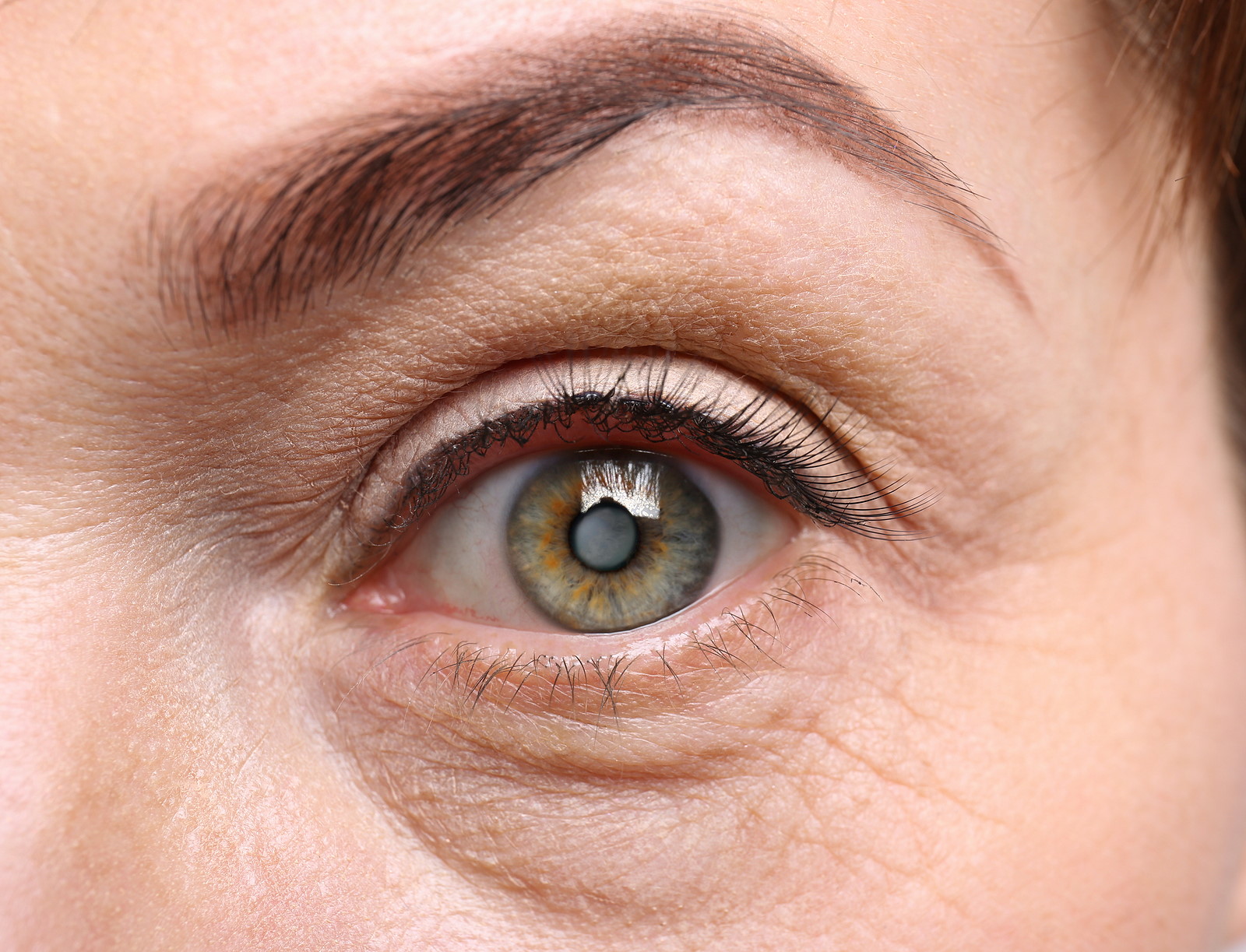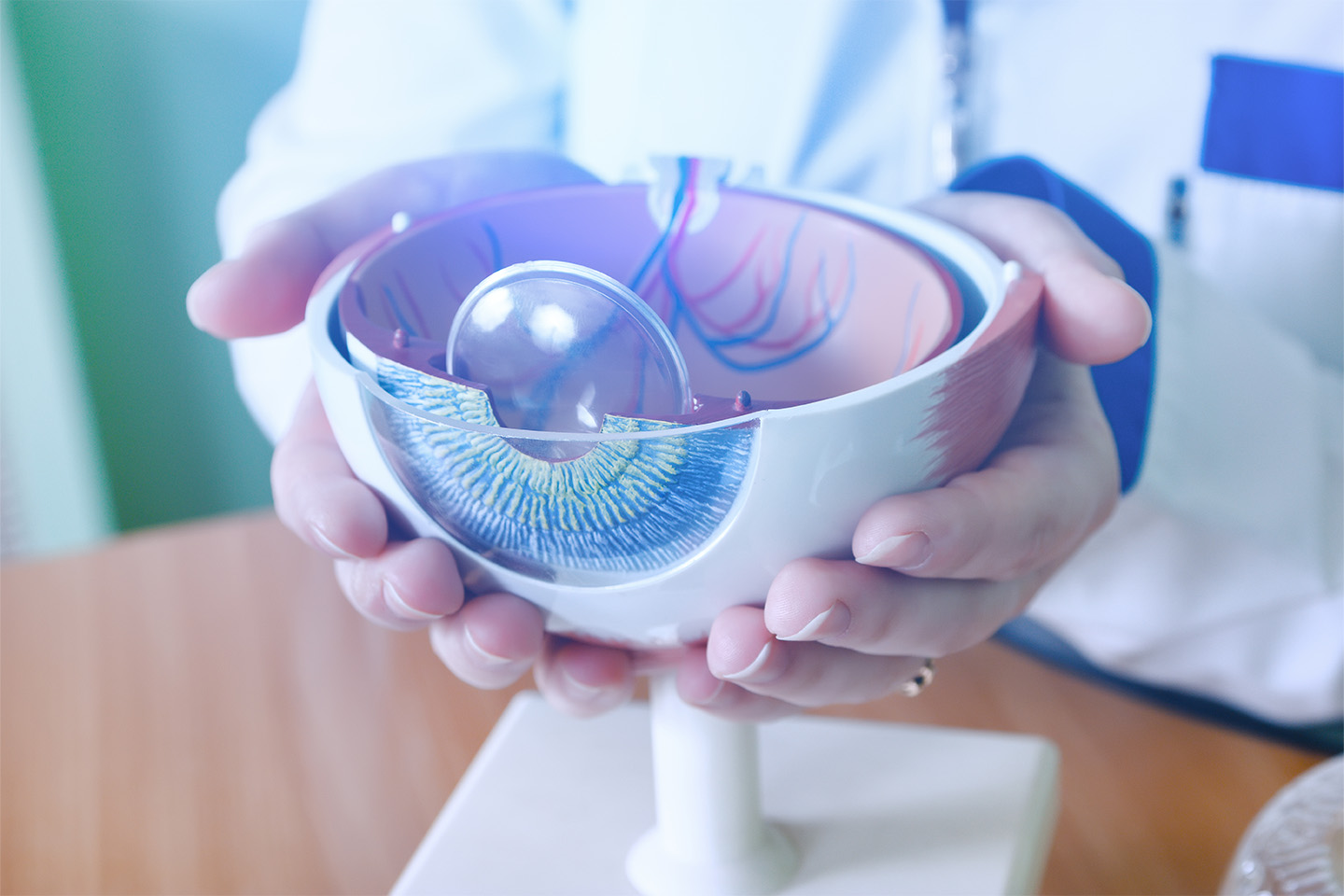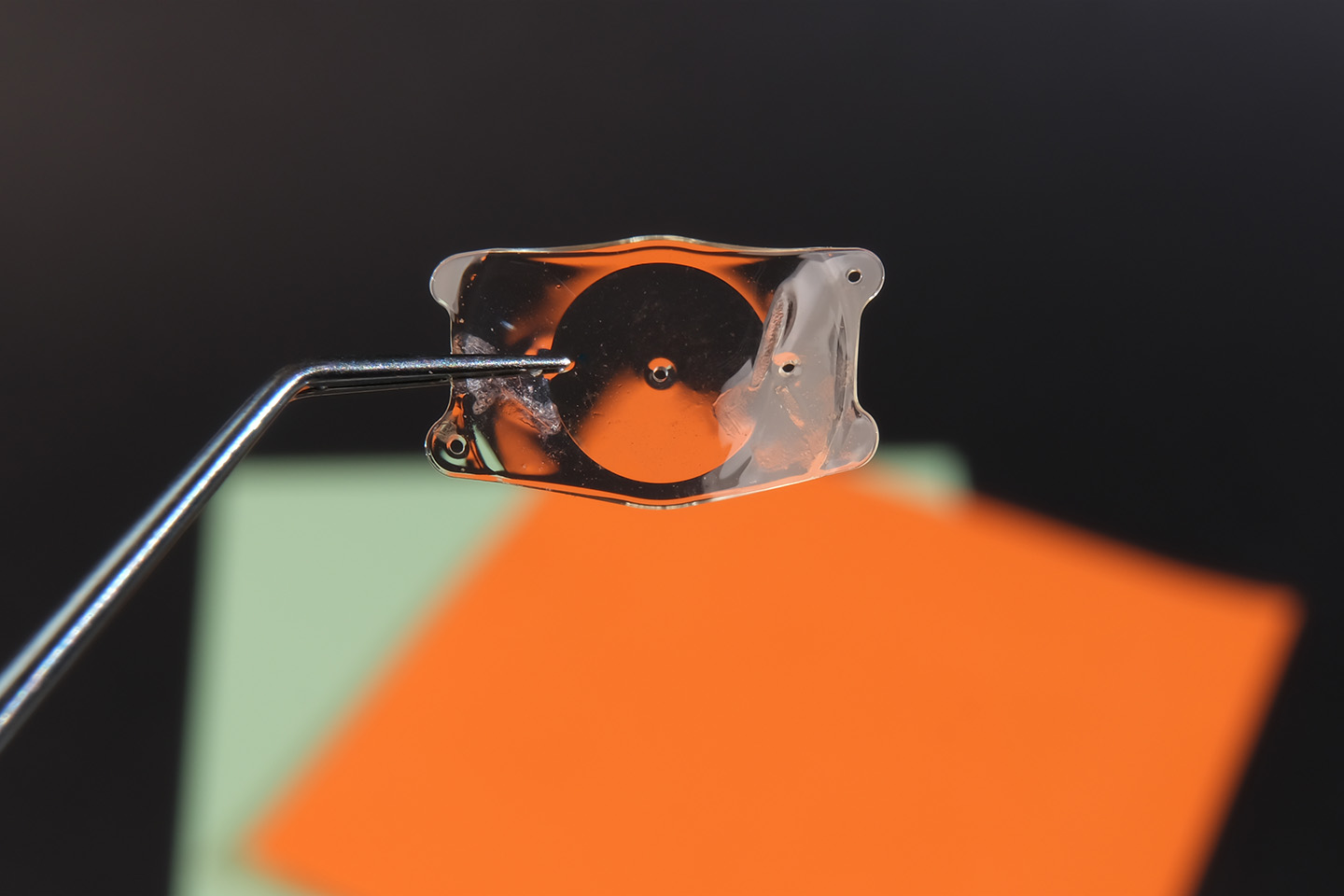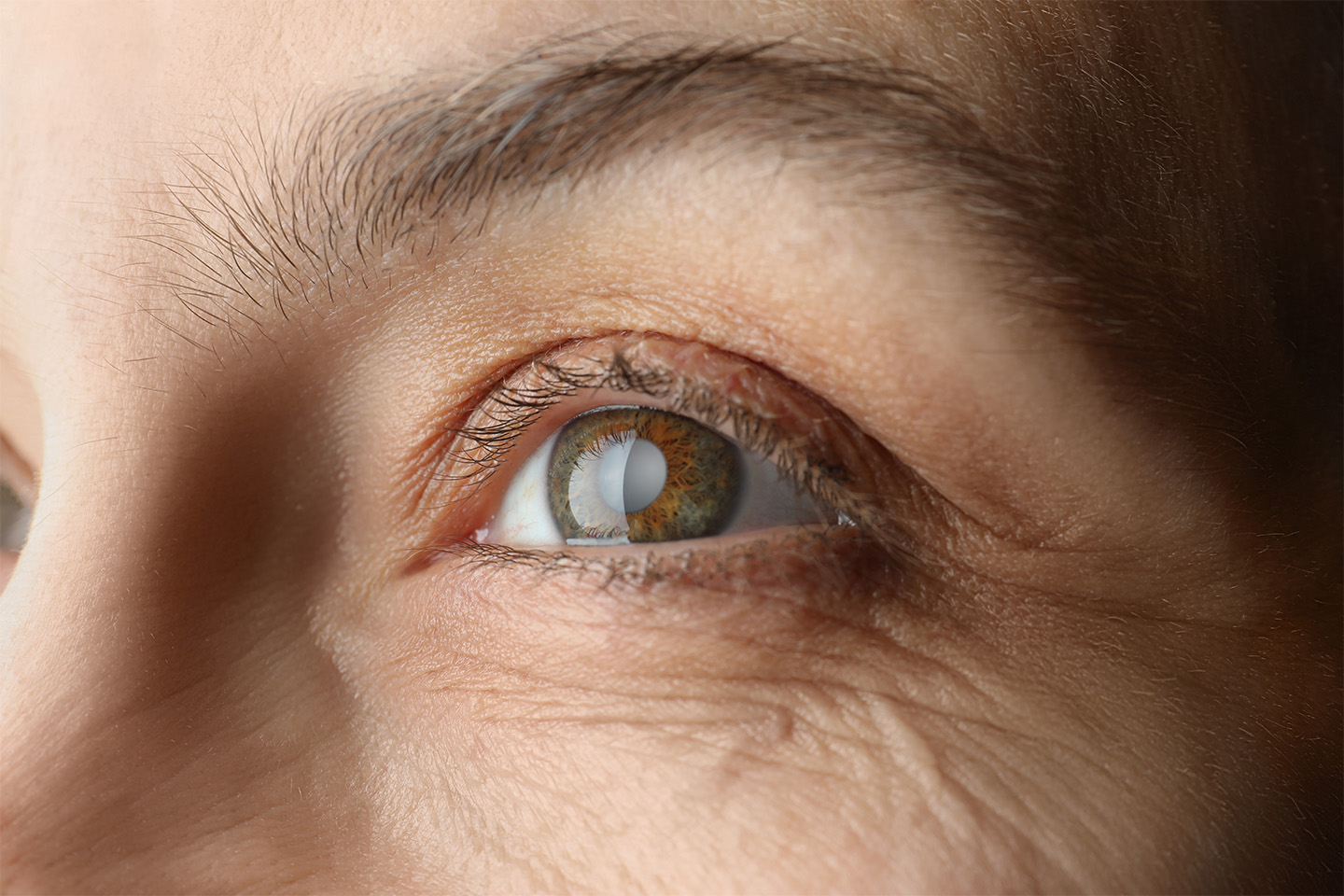5 Facts About Diabetes and Your Eyes

Vision-related diabetes concerns can be overwhelming. Keeping blood sugar under control can be difficult. Knowing that vision loss is a possible complication is very stressful. Regular visits to our eye doctors in Colorado can do a lot more than just track changes — it can bring early treatment. Combining prevention and treatment is leading to better lives for diabetics and more hope that taking action can help slow or stop complications including vision loss. It’s American Diabetes Month, so let’s review some of the common eye issues diabetics face and how to take charge of managing them.
1. Diabetic Retinopathy
This condition involves the blood vessels at the back of the eye where images form. High blood sugar is a risk factor for damage to these vessels. Blurriness, dark areas of vision, trouble recognizing colors, and “floaters” are some of the symptoms. Diabetic patients should always ask for a diabetic eye annual eye exam, which includes a thorough check of the retina, catching any problems even before symptoms arise. Laser treatment and other solutions can help halt the progression of diabetic retinopathy.
2. Cataracts
The lens of the eye is actually an active part of the body, receiving oxygen and other substances from the eye to keep it healthy. High glucose in the body can cause lens swelling and cloudiness over time. Diabetics are much more prone to early cataracts, which eventually arise in many patients and require surgery, but usually much later.
3. Glaucoma
Eye blood vessel problems from diabetes don’t just occur in the retina. They can also occur in the iris, the colored part of the eye. In both cases blood vessel growth is abnormal, blocking vision in the retina and blocking eye fluid flow in the iris. With the blocking of fluid, the eye pressure rises as in traditional glaucoma, eventually damaging the optic nerve and causing blindness. A quick check, usually a puff of air, during annual eye exams helps detect high eye pressure. Eye drops and laser surgery are two treatments for glaucoma.
4. Double Vision
The effect of diabetes on circulation and nerves can result in eye movement problems, sometimes with sudden onset. Daily activities can be affected. Eye doctors will rule out other causes and use a variety of eye muscle treatments to help restore proper vision.
5. Eye Infections
Elevated blood sugar generally reduces the body’s ability to fight infection. It isn’t just a matter of slow-healing cuts and sores on the skin. Conditions like “pink eye” and more serious eye infections can be more difficult to resolve with diminished immune systems.
We welcome our diabetic patients for annual exams. Our top eye doctors in Colorado work diligently to ensure that their complications are minimized and their vision is maximized. Call us to make an appointment today.
[DISPLAY_ULTIMATE_SOCIAL_ICONS]








